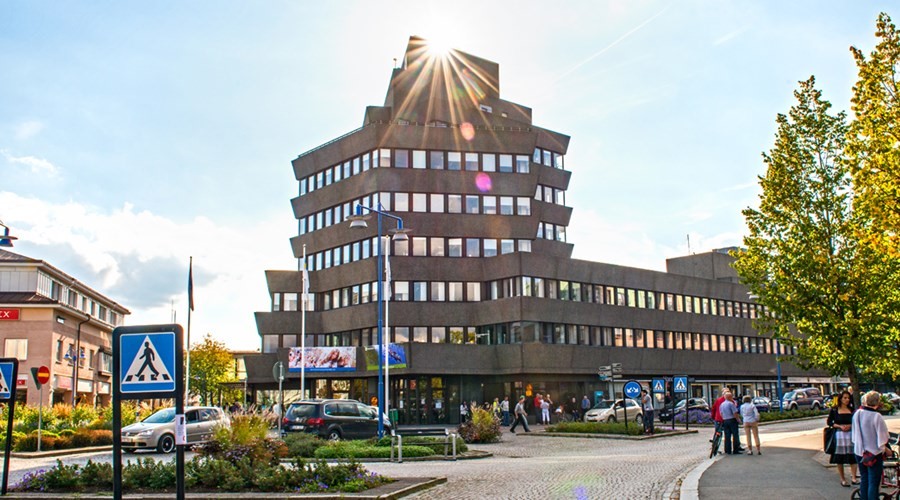Who Owns the City
Research team:
- Professor Hans Westlund, KTH
- Asifa Iqbal, KTH
- Jing Jing, KTH
- Elisabetta Troglio, KTH
-
Cornelius Uittenbogaard, KTH

“Who owns our cities – and why this urban takeover should concern us all” was the title of a debate article by Saskia Sassen, published in The Guardian, November 24, 2015. In the article she claimed that the “massive foreign and national corporate buying of urban buildings and land that took off after the 2008 crisis signal an emergent new phase in major cities” and that “we are seeing a systemic transformation in the pattern of land ownership in cities: one that alters the historic meaning of the city”. Sassen means that the corporate overtake of buildings and whole blocks, destruction of functional neighborhoods and replacing them with luxury offices and luxury apartments is a threat to the diverse, complex and incomplete system we call cities. In fact, even if such a development means a densification of the city, it also means a de-urbanization when diversity is replaced with a rectified, homogeneous culture of the new global gentry.
Sassens article is an important source of inspiration for the project “Who own the city” at KTH’s Center for the Future of Places”. The project started in the spring of 2017. Twelve focus areas were identified at the beginning of the project with the intent to investigate differences in the ownership structure in central and suburban areas of Stockholm. The first part of the project has focused on creating a database (shapefile) with relevant information on the real estate ownership – such as ownership, mother company, nationality, transaction year – and relevant physical data – such as plot size, total built area and main functions. SNI codes for both mother and daughter companies are included in order to give a better overview on the type of companies investing in the Real Estate of Stockholm city. Data collection is still ongoing and will be finished before the summer 2019.
The project is staffed by a few part-timers: Hans Westlund (10% Project leader), Elisabetta Troglio (20%, will be reduced to 5-10%, Data collection), Jing Jing (10%, Data collection). There have been plans for engaging a postdoc in the project, but due to economic reasons, this has not yet been realized.
